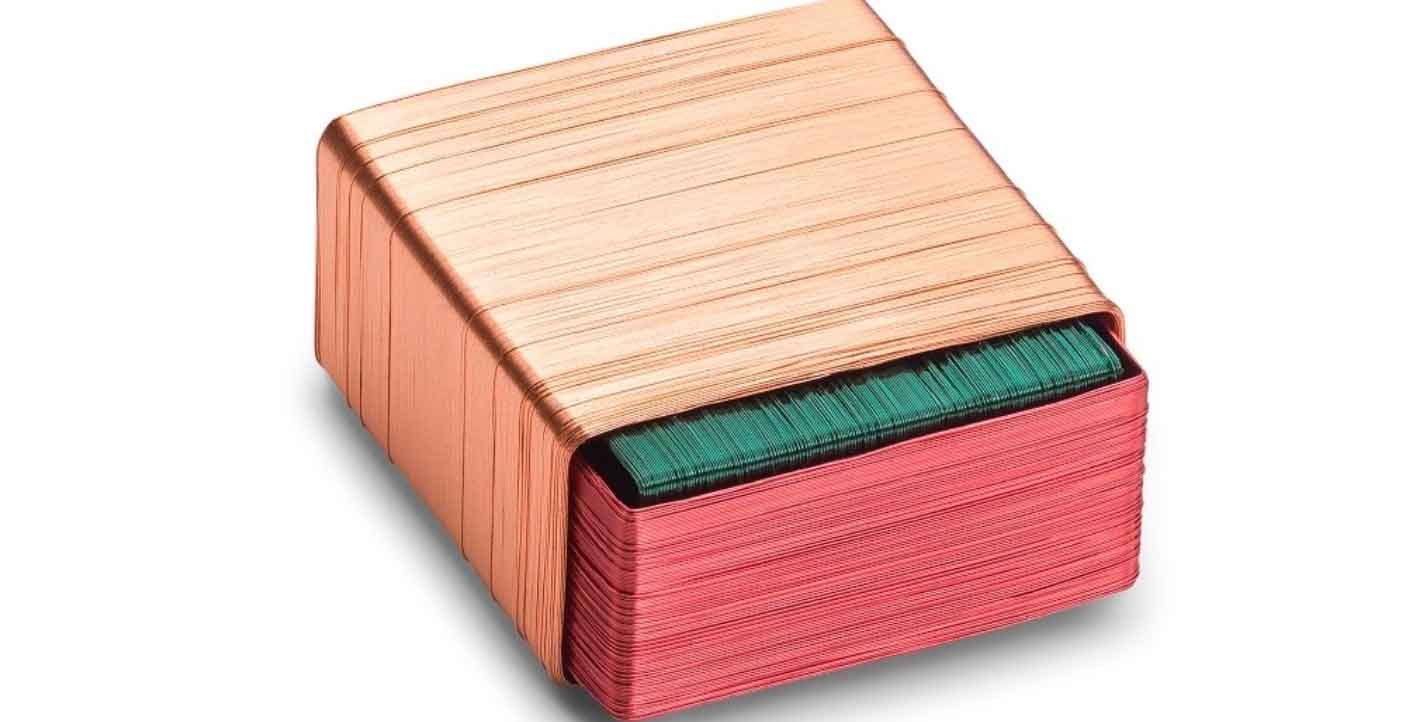Precision and accuracy become necessary to wind exceedingly tiny coils in micro coil winding. These small coils help many electrical gadgets work in several sectors. In this article, we examine micro coil winding concepts, methods, and optimal applications across industries.
Knowing Micro Coil Winding
Micro Coil Winding Principles: This process creates tiny, tightly wrapped coils utilizing thin conductive wires. Precision engineering and specialist equipment are used to obtain results. Microcoil wrapping produces compact, dense coils with excellent electrical qualities.
The selection of materials is critical in micro coil winding. Conductive materials like copper, aluminium, or gold-plated wire are employed. To maximize electrical performance and mechanical stability, insulating material is carefully chosen. Combining these materials improves microcoil efficiency and reliability.
Methods of Micro Coil Winding: This painstaking operation uses several ways. Automation is used for consistency and accuracy. The application needs to determine whether winding is manual or automated. Selecting the right winding process for the coil’s performance is crucial.
Application of Micro Coil Winding
Micro coils are widely used in medical devices including hearing aids, pacemakers, and imaging equipment. The small size and accurate winding of these coils help miniaturize medical equipment, making them more pleasant for patients and enabling improved medical technology. However, all medical devices have strict regulations, therefore all critical electrical components must comply with a relevant standard or the IEC 60601-1.
In the ever-changing consumer electronics industry, microcoil winding offers substantial advantages. Smartphones, wearables, and sensors use tiny actuators. Micro coils’ compact size and efficiency make electrical devices seem sleeker and work better.
The automobile industry is progressively using micro coils as essential components. Airbag deployment mechanisms and ABS sensors use them. Micro coils are small, which is useful in the car sector, where space is limited and fuel economy requires lightweight components.
Micro coils are crucial in aircraft applications that need lightweight and small components. Satellites and spacecraft employ them for sensors, communication, and actuators. Microcoil winding accuracy and reliability improve aeronautical technology performance and longevity.
Micro coil winding is beneficial in the telecommunications sector for making tiny antennas, RF filters, and communication modules. Micro coils are appropriate for environments with limited space and great signal transmission efficiency due to their compact size and high frequency.
Micro coils are used in industrial automation systems, such as robots and control systems. Their precise winding provides consistent performance in important industrial processes, and their tiny size facilitates integration into confined areas.
Micro Coil Winding Innovations and Challenges
Technology drives the need for smaller, more efficient components. Micro coil winding difficulties include miniaturizing coils while improving performance. Continuous innovation in materials, winding methods, and production processes is needed to overcome these obstacles.
Choosing the right materials for micro coil winding is vital for compatibility with the application. Material science innovations become important to provide conductive and insulating materials that fulfill tiny coils’ electrical and mechanical stability criteria.
The integration of automation and robots into micro coil winding operations is a continuous innovation area. Automated technologies improve accuracy and consistency, but creating sophisticated robotic solutions for micro coil winding requires ongoing study.
To fulfill the demands of high-frequency applications in telecommunications and other sectors, micro coils must meet strict performance standards. Micro coils’ high-frequency capabilities need winding and material innovations to optimize signal transmission and reception.
Conclusion
Micro coil winding shows contemporary engineering’s persistent goal of downsizing and perfection. Its uses span sectors, helping create innovative technology and small electronics. As downsizing issues remain, research and innovation in materials, manufacturing techniques, and automation will advance micro coil winding, bringing up new electronics and technology possibilities.




















